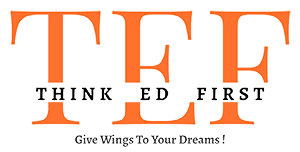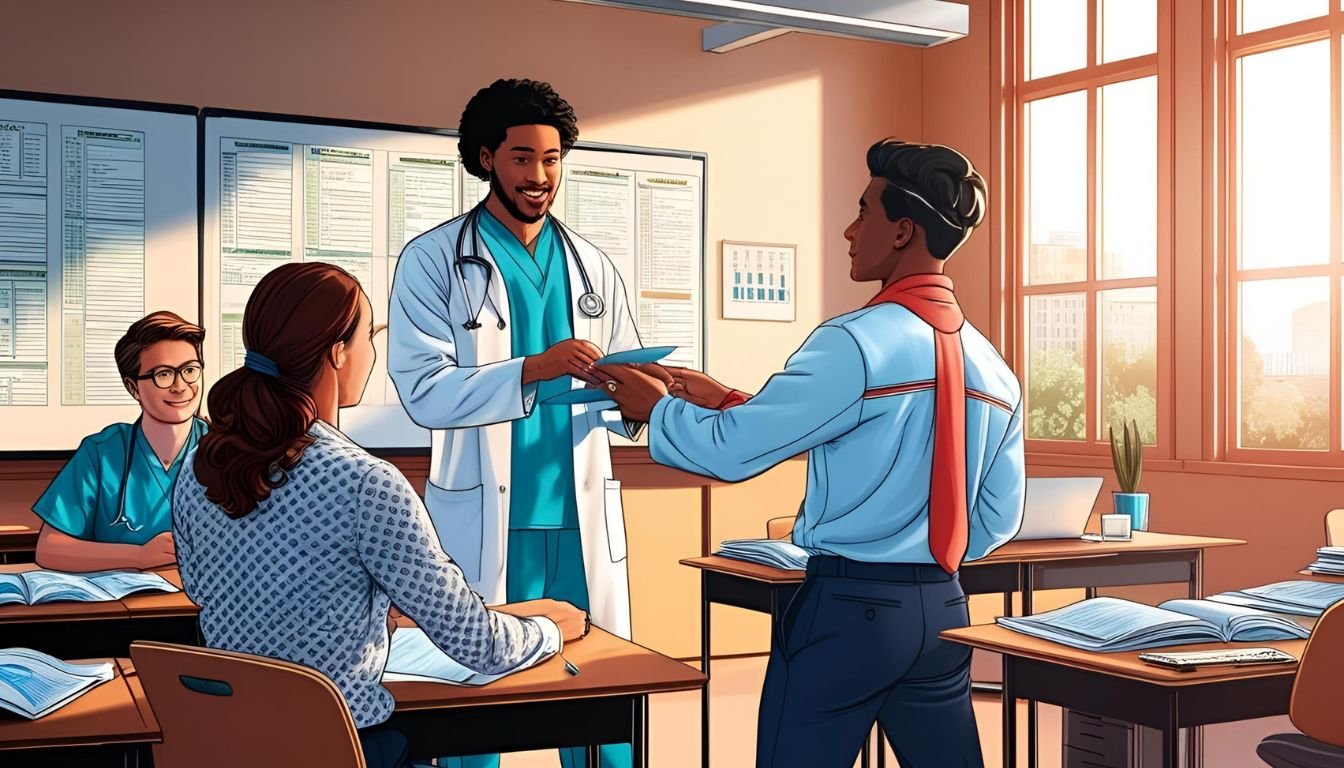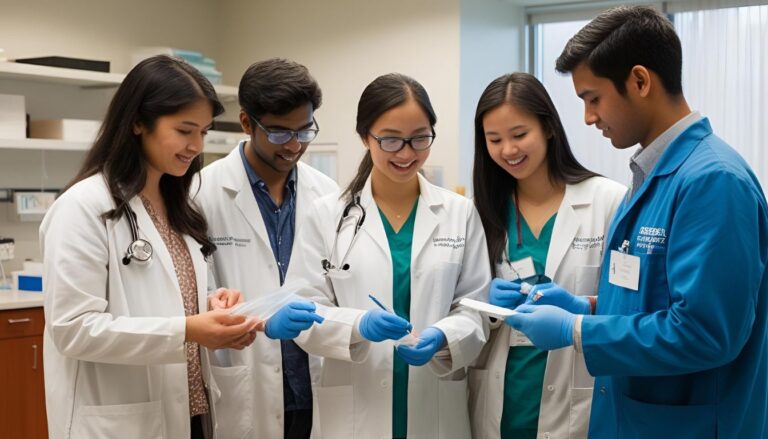Why are more students choosing to study abroad for their medical education? The answer lies in affordability, global recognition, and the promise of high-quality training. For Indian students, neighboring countries have become a popular destination, offering accredited programs that meet international standards.
One critical factor in this decision is the role of faculty. Their expertise directly impacts clinical training and prepares students for global practice. Recent curriculum reforms, like the 2002 problem-based learning approach, have modernized teaching methods. However, challenges such as teacher vacancies in government institutions remain a concern.
Accreditation standards set by organizations like the BMDC and WHO ensure that these colleges maintain high educational standards. This article explores how faculty quality shapes the future of medical education and what students can expect from these institutions.
Overview of Medical Education in Bangladesh
The 5-year MBBS program in Bangladesh is divided into four distinct phases. Each phase focuses on specific subjects, ensuring a comprehensive learning experience. Students begin with foundational sciences, followed by community medicine, pathology, and clinical rotations. This structured approach prepares them for real-world practice.
There are 108 colleges offering this program, including 38 government and 70 private institutions. While the government colleges are highly sought after, private colleges also provide excellent facilities. However, assistant professor vacancies remain a challenge, with nearly 50% of positions unfilled.
The curriculum has evolved significantly over the years. From its colonial-era roots, it transitioned to a community-oriented system in 1988. This shift emphasizes practical skills and community health needs, making it relevant to modern healthcare demands.
- Phase Structure: 1.5 years of foundational sciences, 1 year of community medicine, 1 year of pathology, and 1.5 years of clinical rotations.
- Examination System: Includes term, card, and item assessments, with 20% formative marks.
- Tuition Comparison: Total fees range from ₹24-30 lakh, significantly lower than Indian private colleges.
- Accommodations: English-medium instruction and Indian-style food cater to international students.
This well-rounded education system ensures students gain both theoretical knowledge and practical skills. It’s no wonder many choose Bangladesh for their MBBS journey.
Evaluating Bangladesh Medical Faculty Quality: Key Metrics
Understanding the standards of educators is crucial for students choosing the right institution. To assess faculty quality, we focus on three key metrics: qualifications, student-to-faculty ratios, and accreditation. These factors ensure that institutions provide a robust learning environment.
Teacher Qualifications and Training
Professors in government medical colleges are required to hold postgraduate degrees (MD/MS) and undergo training from organizations like the WFME. This ensures they are equipped with advanced knowledge and teaching skills. However, staffing gaps remain a challenge, with 132 out of 204 professor posts vacant in government institutions.
Private colleges also face similar issues, with 50% of positions unfilled according to recent compliance data. Despite these challenges, institutions with fully operational faculty development programs maintain high teaching standards.
Student-to-Faculty Ratios
A low student-to-faculty ratio is essential for personalized learning. In Dhaka University-affiliated colleges, the average ratio is 1:8, allowing for better student-teacher interaction. In contrast, newer institutions often have ratios as high as 1:15, which can impact the quality of education.
Accreditation and Global Recognition
Accreditation by the medical dental council ensures that colleges meet stringent infrastructure requirements, such as having a 250-bed hospital and simulation labs. Additionally, WHO recognition enables graduates to pursue global certifications like USMLE and PLAB, expanding their career opportunities.
For example, Nilphamari Medical College has implemented visiting lab technician programs to address staffing shortages, ensuring students receive practical training despite challenges.
The MBBS Curriculum Structure in Bangladesh
The MBBS program is structured to provide a comprehensive learning experience. It is divided into four distinct phases, each focusing on specific subjects and practical skills. This approach ensures students gain both theoretical knowledge and hands-on experience.
First Professional Phase: Foundational Sciences
The first phase covers foundational sciences like Anatomy, Physiology, and Biochemistry. Students spend 1.5 years mastering these subjects. Practical training includes dissection labs, where a minimum of 75 marks is required. This phase lays the groundwork for advanced learning.
Second Professional Phase: Community and Forensic Medicine
In the second phase, students explore Community Medicine and Forensic Medicine. This 1-year phase emphasizes public health and preventive care. Field assignments in rural health centers provide real-world insights. These experiences prepare students for diverse healthcare challenges.
Third Professional Phase: Pharmacology and Pathology
The third phase focuses on Pharmacology, Pathology, and Microbiology. Students learn about disease processes and therapeutic drugs. Modern modules, like antimicrobial resistance, are integrated into the curriculum. This phase equips students with critical diagnostic and treatment skills.
Final Professional Phase: Clinical Specializations
The final phase includes clinical rotations in specialties like Medicine, Surgery, and Obstetrics. Students train at affiliated hospitals, such as Dhaka Medical College. This 1.5-year phase ensures practical exposure to diverse medical scenarios. After completing the MBBS course, a mandatory 1-year internship follows.
This well-rounded curriculum prepares students for global practice. With a focus on both theory and practical skills, the MBBS program ensures graduates are ready to meet modern healthcare demands.
Challenges in Bangladesh Medical Faculty Quality
Ensuring high standards in education requires addressing key challenges. From teacher shortages to infrastructure gaps, these issues impact the learning experience. Let’s explore the most pressing concerns and their implications.
Teacher Shortages and Vacancies
One of the biggest hurdles is the lack of qualified educators. Many institutions face significant vacancies, with over 40% of teaching positions unfilled. This shortage affects both government and private colleges, leading to overcrowded classrooms and reduced interaction.
For example, newer colleges like Cox’s Bazar struggle to fill 75% of their professorial posts. This results in students losing valuable study time, as they travel daily to district hospitals for practical lessons. Addressing this issue requires immediate reforms, such as promotion incentives and exchange programs with established institutions.
Infrastructure Gaps in Newer Colleges
Another challenge is the lack of essential facilities in newer colleges. Many institutions operate without simulation centers or digital libraries, limiting students’ access to modern learning tools. For instance, forensic medicine departments often rely on case videos instead of actual autopsies.
This gap in resources hinders practical training, a critical component of education. Investing in infrastructure upgrades and partnerships with well-equipped hospitals can help bridge this divide.
Limited Practical Training Opportunities
Practical training is essential for preparing students for real-world scenarios. However, overcrowded hospitals and limited clinical facilities reduce hands-on learning opportunities. Students at private medical colleges, like CARE, have protested internship disputes due to inadequate training.
Proposed solutions include expanding clinical facilities and increasing collaboration with hospitals. For example, Jashore Medical College students intern at a 250-bed Sadar Hospital, gaining valuable experience. Such initiatives can enhance the quality of education.
- 46.7% of educators advocate for promotion reforms to retain staff.
- Newer colleges lack simulation centers and digital libraries.
- Forensic medicine departments rely on case videos instead of autopsies.
- Teacher exchange programs with AIIMS and BSMMU expansion are proposed solutions.
By addressing these challenges, we can ensure a robust learning environment for students. Reforms in staffing, infrastructure, and practical training are essential for maintaining high educational standards.
Conclusion
Choosing the right institution for higher studies is a critical decision for students. Key metrics like faculty ratios, accreditation status, and clinical exposure hours help identify the best options. Top-tier institutions, such as those in Dhaka and Rajshahi, consistently excel in these areas, while newer colleges often face challenges.
Transparency is crucial, and tools like the DGME’s upcoming quality dashboard will provide valuable insights. According to recent surveys, 68.4% of citizens express confidence in the overall standards of education. This reflects the growing trust in these institutions.
For students, prioritizing colleges with WFME-trained educators and functional teaching hospitals is essential. These factors ensure a robust learning environment and prepare graduates for global opportunities. Making an informed choice today can shape a successful career tomorrow.





